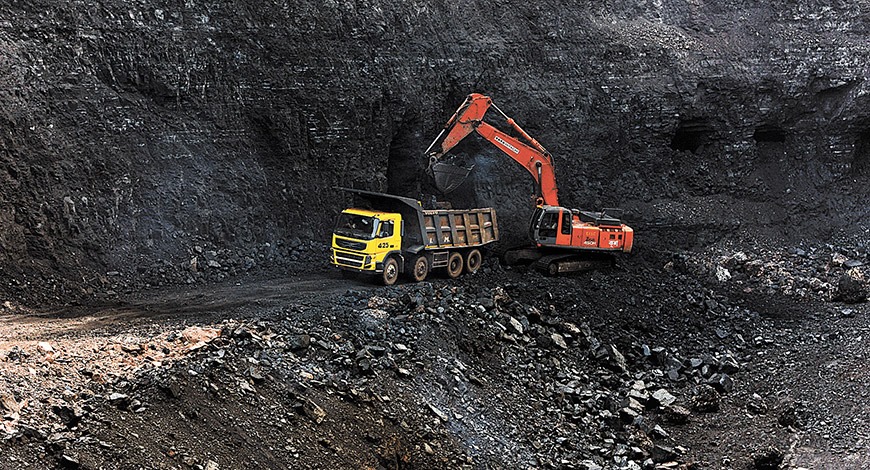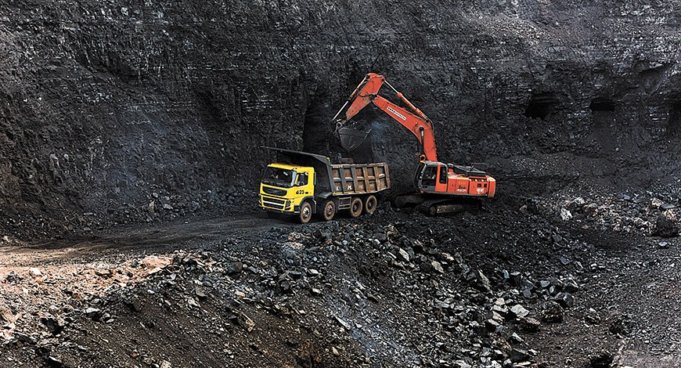 Prime Minister Narendra Modi launched the auction process of 41 coal blocks for commercial mining on 18 June 2020. It was part of the series of announcements made by the government of India under the Aatmanirbhar Bharat Abhiyan.
Prime Minister Narendra Modi launched the auction process of 41 coal blocks for commercial mining on 18 June 2020. It was part of the series of announcements made by the government of India under the Aatmanirbhar Bharat Abhiyan.
The Coal Ministry in association with FICCI launched the process for auction of these coal mines. A two-stage electronic auction process is being adopted for allocation of the coal mines.
The move will create employment opportunities for many. The move to fully open the coal and mining sector will increase competition, capital, participation and technology. Now that the market has been opened for coal, any sector can buy coal as per their requirements.
The reforms will not only benefit the coal sector but other sectors such as steel, aluminium, fertilisers and cement as well. It will also help in increasing power generation.
The latest technology can be introduced to make gas from coal, and environment will be protected with steps like coal gasification. Coal gas will be used in transport and cooking while Urea and steel will promote manufacturing industries.
The government has set a target to gasify around 100 million tonne coal by 2030 and four projects have been identified for this purpose and around Rs 20,000 crore will be invested.
The coal sector reforms will make eastern and central India, the tribal belt, pillars of development. These areas have a big number of Aspirational Districts and have not been able to reach the desired level of progress and prosperity. A total of 16 aspirational districts in the country have a huge stock of coal.
The government will spend Rs 50,000 crore on creating infrastructure for coal extraction and transportation, which will also create employment opportunities.
The extra revenue generated through coal production will be used for public welfare schemes in the region. The states will also continue to get help from the District Mineral Fund, from which a major chunk will be utilised in development of essential facilities in the surrounding areas.











